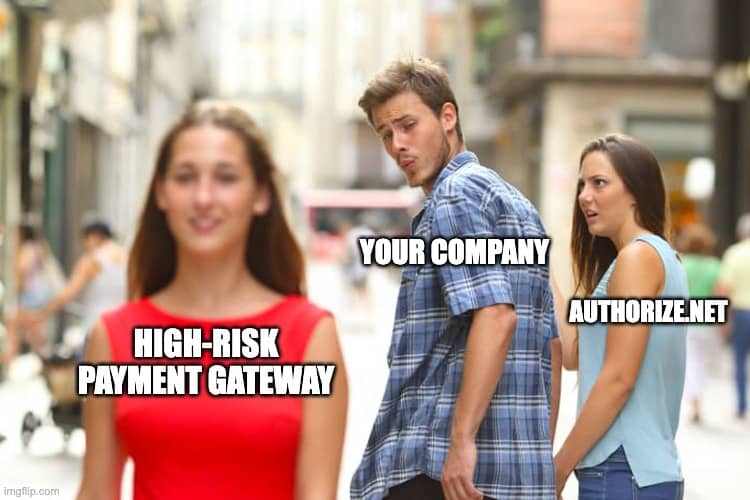<strong>ACH Reason Codes: R57 Incorrect Transaction Code</strong>

We’ve all been there. You’re trying to complete a transaction, and you get an error message that says “incorrect transaction code.” But what does this mean, and how can you fix it? Don’t worry; we’re here to help. This blog post will cover everything you need to know about ACH reason code R57 incorrect transaction codes, from causes to solutions and best practices for avoiding them.
Table of contents
- What is an incorrect transaction code?
- Causes of incorrect transaction codes
- How to detect incorrect transaction codes
- How to resolve incorrect transaction codes
- Tips for avoiding incorrect transaction codes
- Troubleshooting incorrect transaction codes
- Best practices for preventing incorrect transaction codes
- Courses for understanding incorrect transaction codes
- Transaction code support services
- Conclusion
What is an incorrect transaction code?
An incorrect transaction code occurs when the code you entered does not match the code used by the transaction system. Various things, including user errors, system errors, or incorrect code entries, can cause this. The result is the same - the transaction can only be completed once the correct code is entered.
Incorrect transaction codes can cause a lot of frustration, as they can prevent you from completing the transaction you intended. This can be incredibly frustrating if the code is something you need to familiarize yourself with. Fortunately, there are ways to detect and resolve R57 incorrect transaction codes so you can complete your transaction as quickly as possible.
Causes of incorrect transaction codes
There are a few different causes of incorrect transaction codes. The most common is user error, where the user enters the wrong code. This can happen if the code is entered incorrectly or if the user is unfamiliar with the code. In some cases, it may be the fault of the transaction system itself, as the procedure may malfunction or the code may be outdated. In other cases, there may be a problem with the bank or payment processor, in which case the incorrect code may be due to a technical issue.
Incorrect transaction codes can be a nuisance, but they can be resolved with the proper steps.
How to detect incorrect transaction codes
The first step in resolving R57 incorrect transaction codes is to detect them. This can be done in a few different ways. The most obvious is to look at the error message itself. If it says “incorrect transaction code,” you can be sure this is the problem. You can also look for other indicators, such as an inability to complete the transaction or a delay.
Another way to detect incorrect transaction codes is to use a transaction code validation tool. These tools allow you to enter the code you’re using and compare it to the correct code. If the codes don’t match, you know you have an incorrect transaction code.
How to resolve incorrect transaction codes
Once you have determined that you have an incorrect transaction code, there are a few steps you can take to resolve it. The first is to double-check the code you’re using to ensure that you have entered it correctly. If you have entered it correctly, you may need to contact your bank or payment processor to ensure that the code is up to date.
If the code needs to be updated, you will need to obtain a new code from your bank or payment processor. If the code needs to be corrected because of a technical issue, you may also need to contact your bank or payment processor to resolve the issue.
In some cases, you may be able to resolve the issue yourself. For example, if the code is outdated, you may be able to update it manually. If the code is incorrect due to user error, you may be able to enter the correct code yourself.
Tips for avoiding incorrect transaction codes
There are a few steps you can take to avoid incorrect transaction codes. First, ensure you’re familiar with the principles you’re entering. This means checking the code before you enter it and double-checking it afterward to make sure it is correct.
Another tip is to check for updates to the code regularly. This can be done by contacting your bank or payment processor or using a transaction code validation tool. This will ensure that you’re always using the correct code and will help reduce the likelihood of incorrect transaction codes.
Finally, you must be aware of the transaction system you’re using. If you’re using an outdated strategy, updating it as soon as possible is essential. This will help ensure that you’re always using the correct codes and will save you time and frustration in the long run.
Troubleshooting incorrect transaction codes
If you find yourself dealing with incorrect transaction codes, there are a few steps you can take to troubleshoot the issue. The first is to double-check the code you’re entering. Make sure it is the same as the one provided by the bank or payment processor and that it is up to date.
The next step is to contact your bank or payment processor if the code is correct. They may be able to help you resolve the issue or provide you with a new code. If the problem is due to a technical issue, they may be able to fix it for you or provide instructions for how to do it yourself.
Best practices for preventing incorrect transaction codes
The best way to prevent incorrect transaction codes is to be proactive. This means ensuring you’re familiar with the principles you’re entering and regularly checking for updates. This will help ensure that you’re always using the correct codes and reduce the likelihood of incorrect transaction codes.
It’s also important to be aware of the transaction system you’re using. If you’re using an outdated strategy, updating it as soon as possible is essential. This will help ensure that you are always using the correct codes and will save you time and frustration in the long run.
Courses for understanding incorrect transaction codes
If you want to learn more about incorrect transaction codes, a few courses available can help. These courses will help you understand the causes of wrong transaction codes and how to detect and resolve them. They will also provide tips for avoiding incorrect transaction codes and best practices for preventing them.
Transaction code support services
If you need help resolving incorrect transaction codes, there are a few services available that can help. These services can provide you with support and assistance in resolving the issue. They may be able to give you a new code or help you troubleshoot the problem.
Conclusion
Incorrect transaction codes can be frustrating, but they can be resolved quickly and easily with the proper steps. This blog post covered everything you need to know about incorrect transaction codes, from causes to solutions and best practices for avoiding them. We’ve also discussed courses and services that can provide additional help and support. By following these steps, you can ensure that you’re always using the correct transaction codes and avoid the frustration of incorrect transaction codes.
Read Next

Find out whether Authorize.Net works for high risk merchants, what restrictions you might face and how to get approved.

Get expert advice on selling CBD products on Shopify, including compliance tips and setting up secure payment options.

Find out why Square may deactivate merchant accounts and steps to resolve issues and maintain uninterrupted payment services.
Need a High-Risk Merchant Account?
Disruption-free payment processing at the best price for your situation, guaranteed.
Get Free Guidance Now!